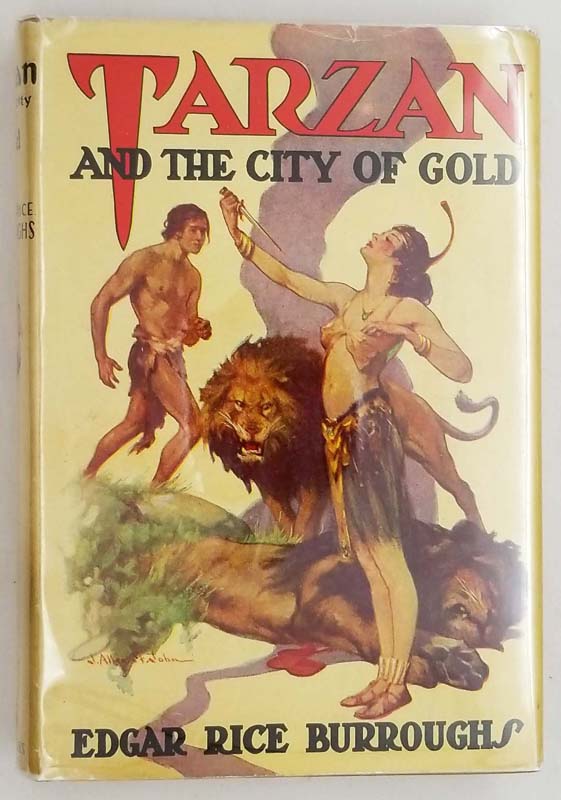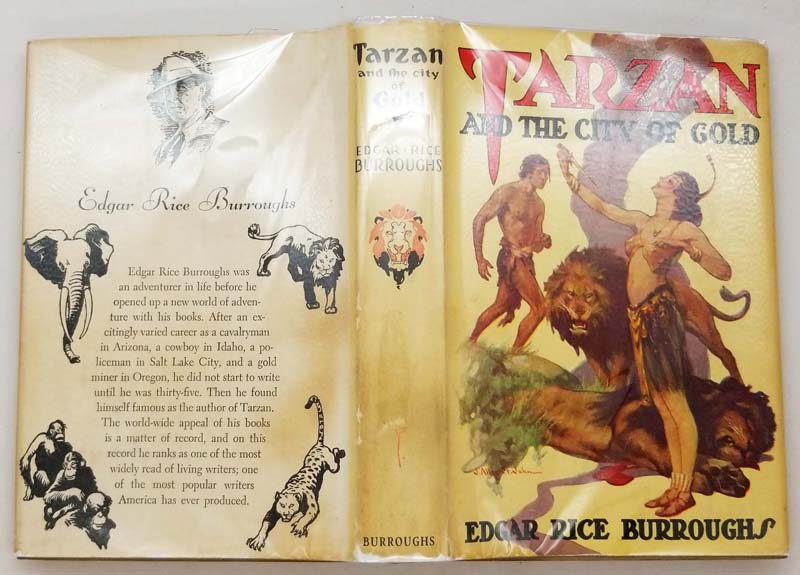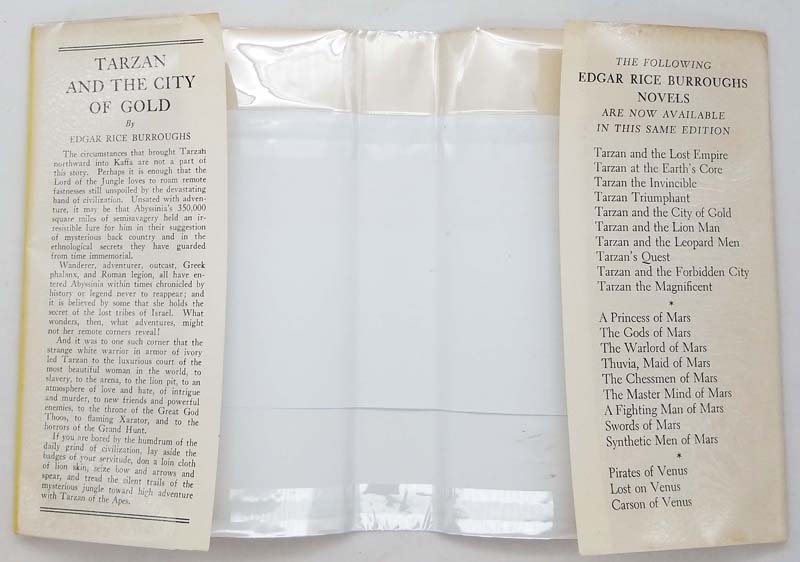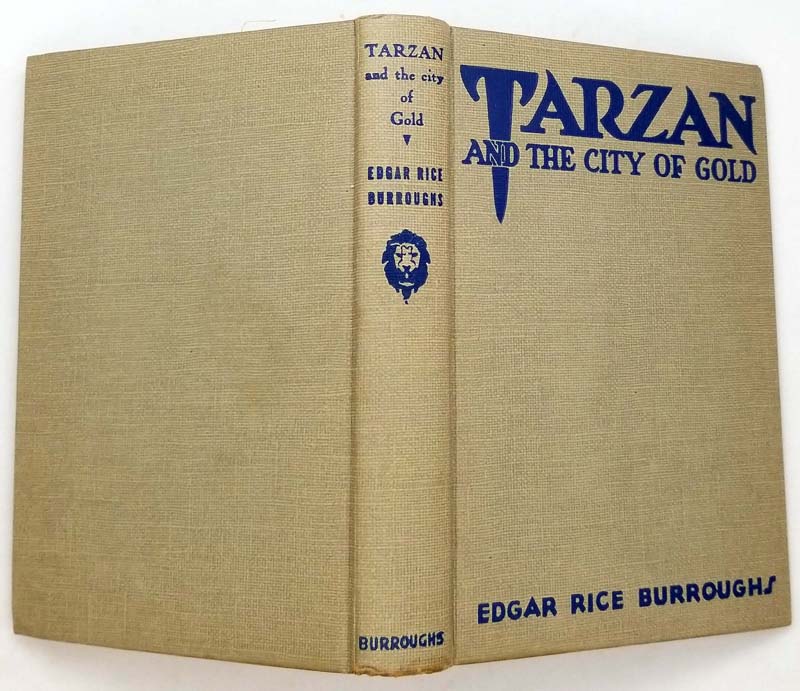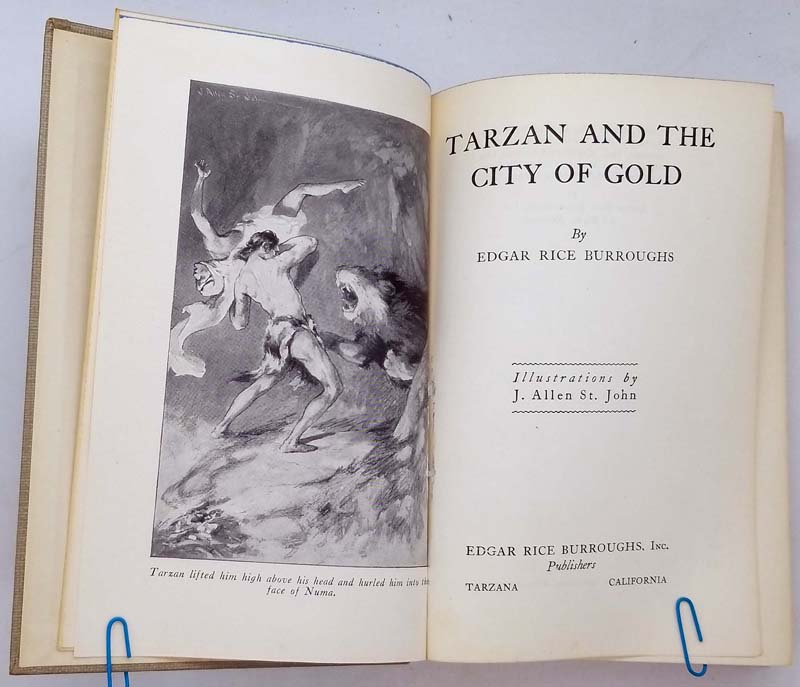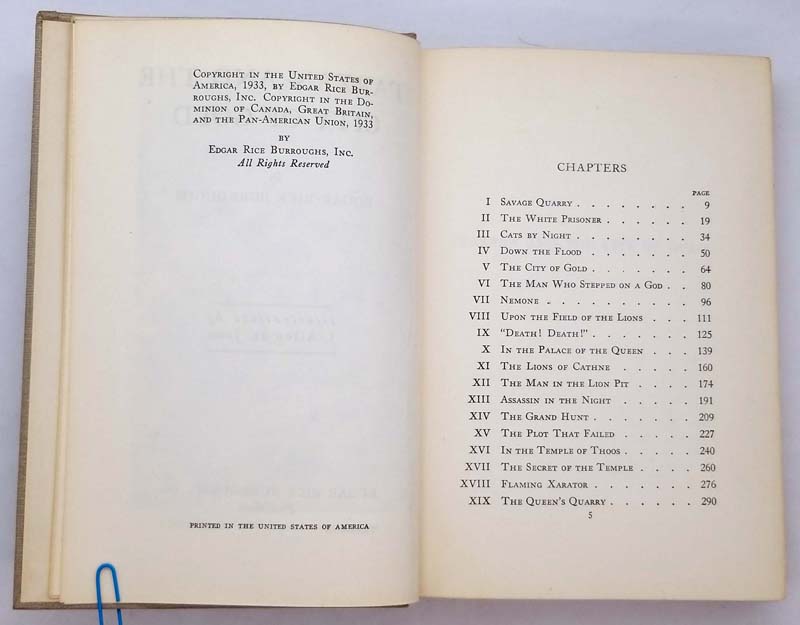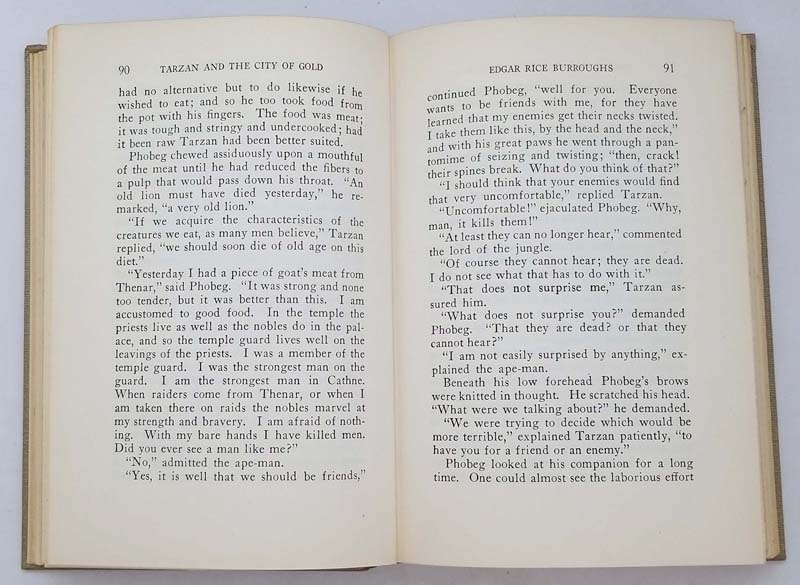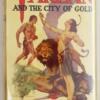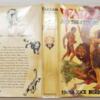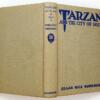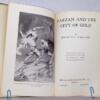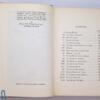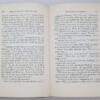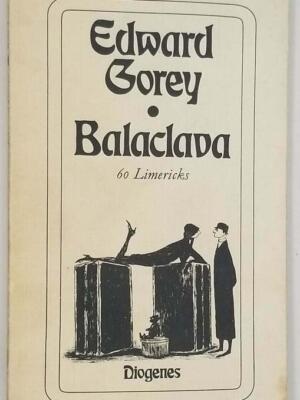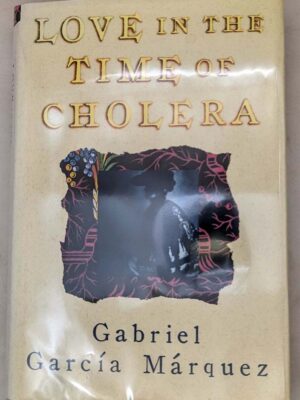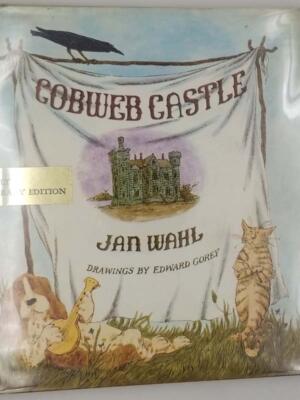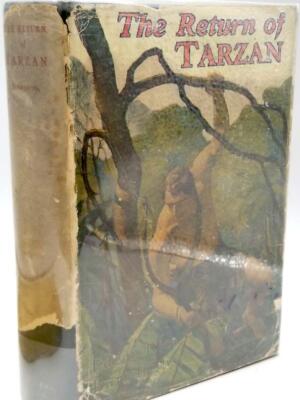Tarzan and the City of Gold – Edgar Rice Burroughs (1933)
In this 16th installment of the Tarzan series, Edgar Rice Burroughs transports his iconic hero to the enigmatic City of Cathne, a hidden civilization in the African interior where gold is as common as dust—and human life is valued far less. The novel opens with Tarzan rescuing a warrior of Cathne (the “City of Gold”) from a lion attack, only to be captured and thrust into the city’s brutal gladiatorial games.
Ruled by the despotic Queen Nemone, Cathne thrives on slavery and the ritualized slaughter of prisoners in its “Games of Gold” arena. Tarzan, forced to battle lions and rival warriors, becomes both a pawn and a threat to Nemone’s regime. The queen—a volatile mix of cruelty and vulnerability—develops a dangerous obsession with the ape-man, while her scheming advisor M’duze plots to overthrow her.
Parallel to Tarzan’s struggle is the story of Phobeg, a Cathnean gladiator who befriends Tarzan, and Valthor, an escaped slave from rival Athene (the “City of Ivory”). Their intertwined fates lead to a revolt that shakes Cathne’s foundations.
Burroughs delivers one of his most politically charged adventures, critiquing tyranny, decadence, and the dehumanizing allure of wealth. The novel’s climax—a city in flames, Nemone’s tragic demise, and Tarzan’s refusal to claim the throne—underscores his role as an agent of chaos, not conquest.
“A gilded cage of blood and power—where even Tarzan’s strength bows to the weight of a crown.”
